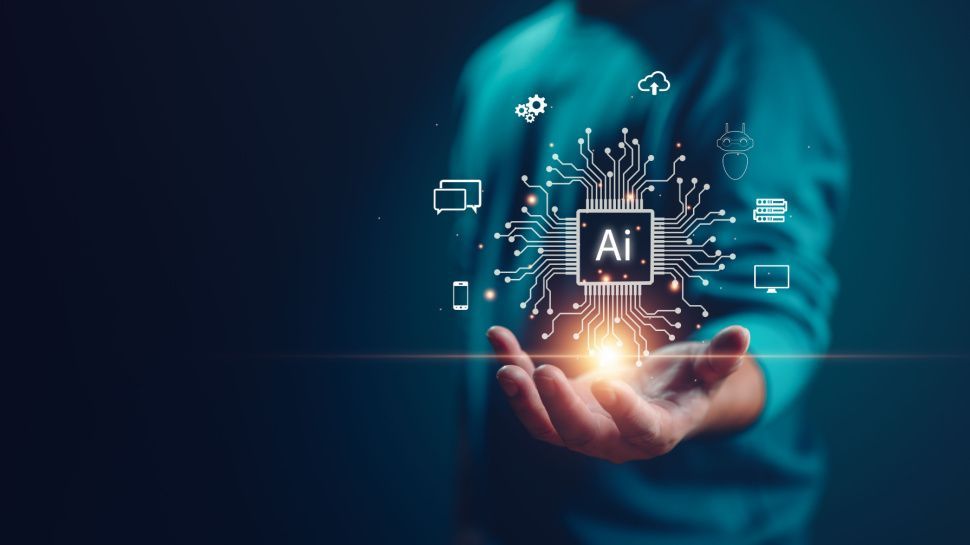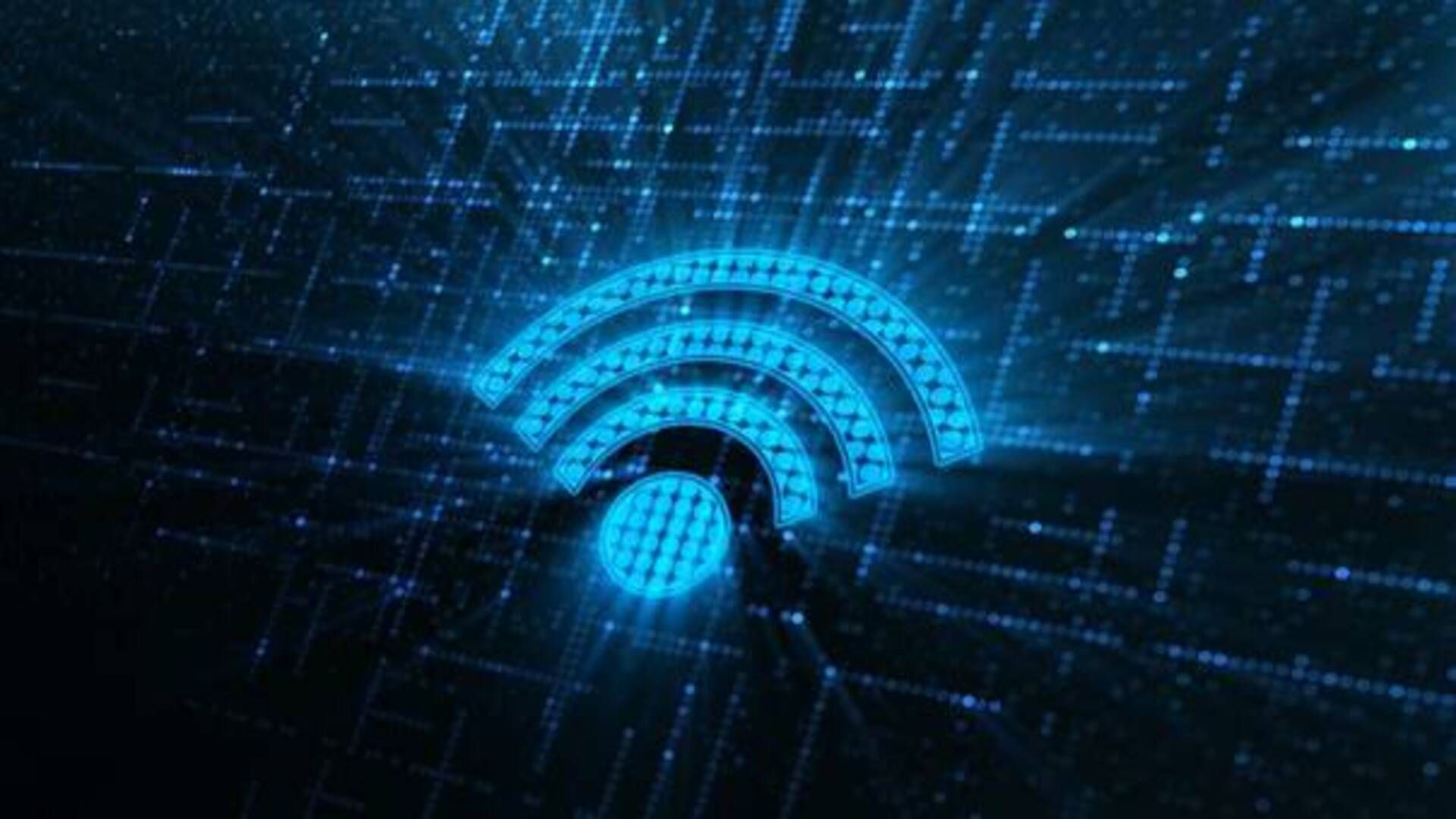Artificial intelligence (AI) has the potential to solve some of the thorniest problems facing humanity, including the challenges of climate change. But at the same time, the technology (in particular, generative AI) uses a huge amount of computing power and, consequently, a huge amount of energy. This is a problem that will only grow.
The amount of computing power needed for cutting-edge AI models doubles every five to six months, and it is reasonable to imagine that it will continue to increase as demand for this technology increases. Data centers already consume up to 1.5% of the global electricity supply, and energy consumption is responsible for around 75% of man-made greenhouse gas emissions in the EU.
Recent Gartner research predicts that, “by 2030, AI could help reduce global GHG emissions by 5% to 10%.” However, that same year, Gartner predicts that “AI could consume up to 3.5% of the world's electricity.”
The technology industry faces a clear challenge: finding solutions to curb the energy demands of AI and thus unlock the full potential of technology to help the human race.
How AI consumes energy
The power required by AI is due to two factors: power is consumed when training models and during inference, where live data is run through a trained AI model to solve tasks. Research published in the journal Joule suggests that inference can account for at least 60% of generative AI energy consumption, and that adding AI capabilities to web searches can increase energy demands tenfold. There also tends to be a higher volume of queries when using a generative model compared to a search engine, due to the back and forth dialogue as users try to achieve the desired result.
Director of EMEA, HPC and AI at Lenovo Infrastructure Solutions Group (ISG).
As new use cases for generative AI emerge around text, images and videos, there will also be an increase in the number of large models that are trained, retrained and fine-tuned daily. The recent class of generative AI models requires a more than 200x increase in computing power to train compared to previous generations. Each new generation of models requires more computing power for inference and more energy for training. It is a constant cycle that continually adds demand to the required infrastructure.
In terms of hardware, the graphics processing units (GPUs) used for AI can consume many times more power than a traditional CPU system. Current GPUs can consume up to 700 watts and an average installation requires eight GPUs per server. This means that a server could consume almost six kilowatts, compared to one kilowatt for the traditional two-socket server unit that companies use for virtualization. So the big question is: how can we make this more sustainable?
Find answers
The first step is to understand that sustainability is a journey – there is no singular action that can “fix” it when it comes to AI. But small steps can make a big difference. A loud and clear message is being sent to the computer industry to create better products that use fewer resources. This call comes from consumers and investors, but increasingly also from governments. Being energy efficient will in the future be a legal requirement for organizations in the AI space. Recent amendments to the EU AI Law will require operators to adopt next-generation methods to reduce energy consumption and improve the efficiency of their AI platforms.
This can be achieved in three specific technical ways: first in the chips used to generate the computing power, second in the computers built for those chips, and third in the data center. Sustainability is increasingly becoming a competitive differentiator for both chip and PC makers, and will become even more so as companies strive to achieve ESG goals. In the coming decades, new advances such as analog chips could offer an energy-efficient alternative, perfect for neural networks, according to research in the journal Nature.
In the data center, older air cooling technologies are already struggling to cope with the high power demands of AI, and customers are turning to liquid cooling to minimize power consumption. By efficiently transferring the heat generated by generative AI to water, customers can save up to 30-40% on electricity. Data centers powered by renewable energy sources will be key to reducing AI's carbon footprint. “As-a-service” approaches to AI technology can also help minimize waste and ensure organizations use the newest, most sustainable hardware, without upfront capital outlays.
AI forever
There is a trade-off around AI and its energy demands that needs to be discussed. Some use AI to benefit humanity, improving medicine or addressing climate change, for example, while others use it to generate entertainment. This raises questions about whether we should view those different energy demands differently.
It is true that AI has enormous potential to do good and is already having an impact in many areas. There are dozens of examples of how AI has the potential to mitigate the impacts of climate change, and the UN notes that it is not only helping to forecast and better understand extreme weather, but also offering direct aid to communities affected by it.
Additionally, AI can offer new understanding of the world around us, which in turn could help curb greenhouse gas emissions. In smart cities, it has the potential to minimize emissions by saving minutes or hours of heating and air conditioning on an urban scale, learning people's habits and gradually reducing heating or air conditioning an hour before they leave their homes. Technology can also regulate traffic in a city, so that vehicles drive efficiently and traffic jams are avoided. Norwegian startup Oceanbox.io is leveraging predictive AI in its mission to understand the depths of the ocean, forecasting the movement of currents, which can help combat the spread of pollution and help ships reduce their use of gasoline.
The contribution of AI to a net zero world
There's no doubt that AI uses a lot of energy, but we can approach this step by step: using hot water cooling instead of air, harnessing renewable energy sources to power data centers, and through innovations in computer and chip design. .
In many ways, AI can also offer positive benefits for humanity and become a powerful force in moving the world towards the United Nations Sustainable Development Goals. It has the potential to help us better understand the causes of climate change and address it, reduce inequality, and preserve our oceans and forests. If used responsibly, AI can go hand in hand with sustainability goals. As the world unites to move towards net-zero emissions, AI will play an increasingly important role.
We have listed the best AI website builders.
This article was produced as part of TechRadarPro's Expert Insights channel, where we feature the best and brightest minds in today's tech industry. The views expressed here are those of the author and are not necessarily those of TechRadarPro or Future plc. If you are interested in contributing, find out more here:









